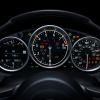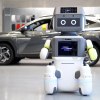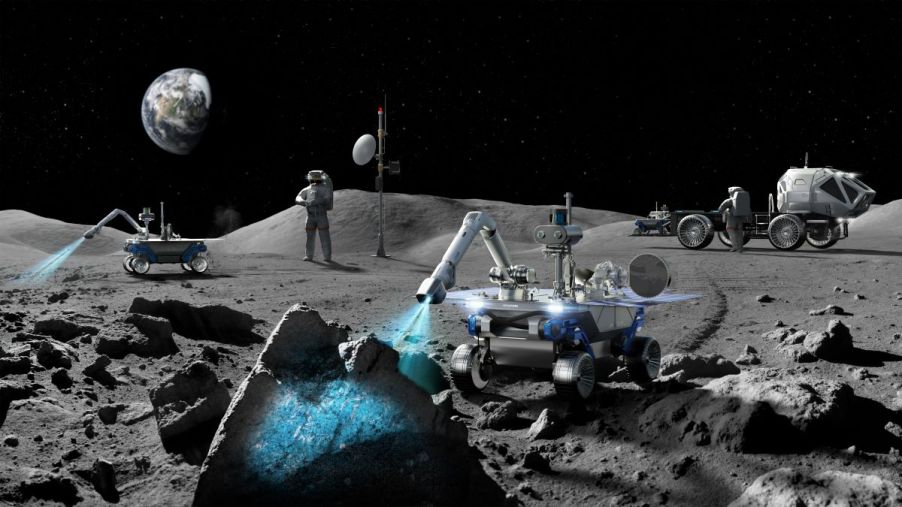
Hyundai Motor Group Gears Up for Moon Mission With Lunar Exploration Rover
When NASA’s Jim Irwin and David Scott piloted the Boeing-General Motors-made rover across the Moon in 1971, Hyundai Motor Group was four years away from building their first in-house mass-market car. In the 50 years since, the heavy equipment manufacturer-turned-automaker has risen to the top of the industry. Now that its vehicles dot the globe, the company is setting its sights upward to tackle the next frontier. Hyundai Motor Group is currently developing a lunar exploration rover to take on the surface of the Moon.
When will Hyundai Motor Group take its lunar exploration rover to the Moon?
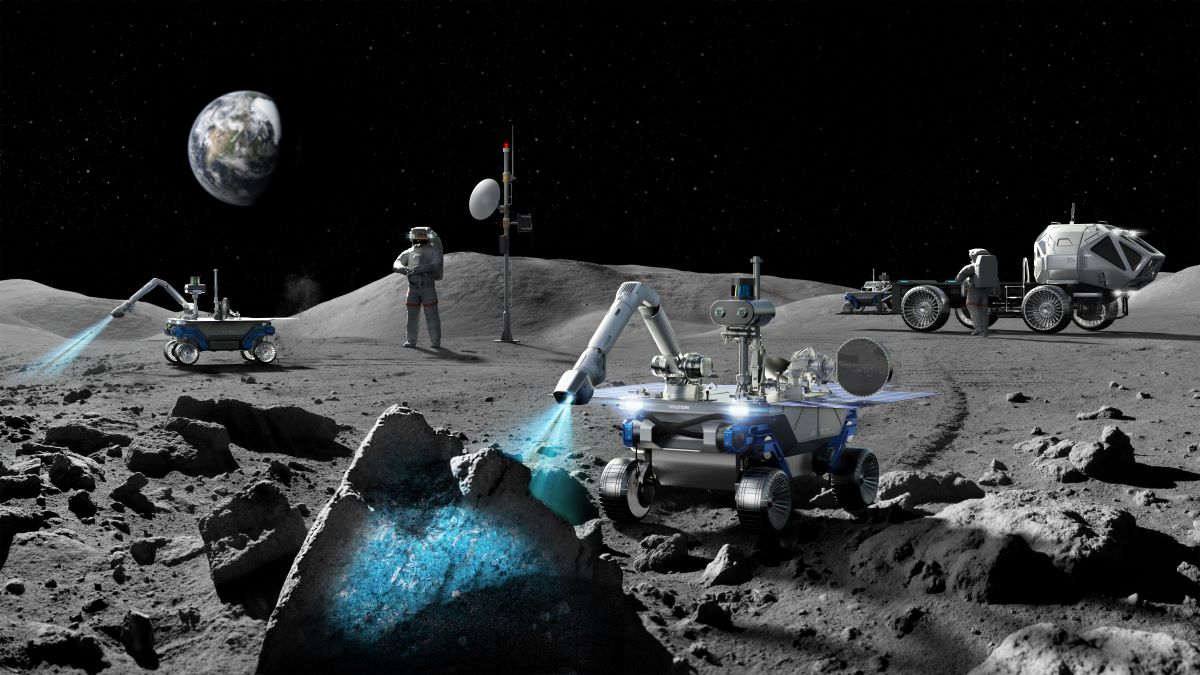
Hyundai Motor Group and various Korean governmental organizations intend to complete the initial development model as soon as the second half of 2024. Full launch capability will come in 2027.
In a press release, Hyundai Motor Group stated it signed a joint multilateral research agreement with six agencies. The contingent includes the Korea Astronomy and Space Science Institute (KASI), Electronics and Telecommunication Research Institute (ETRI), Korea Institute of Civil Engineering and Building Technology (KICT), Korea Aerospace Research Institute (KARI), Korea Atomic Energy Research Institute (KAERI) and Korea Automotive Technology Institute (KATECH).
The move toward the Moon “reflects the Group’s Metamobility vision,” the multinational states. It aims to effort in “expanding human reach with mobility solutions, moving beyond land, sea, and air.”
What’s under the hood of the Hyundai lunar exploration rover?
You probably won’t find Hyundai’s 1.6-liter turbo-four on the lunar exploration rover. Despite the engine’s planned discontinuation, only EV power is appropriate on the Moon. From the press photos, the rover will look like most that preceded it—a boxy four-wheeled robot. It will employ current company technologies that have been under development for years.
Hyundai Motor Group will utilize its in-house programs with the Kia Corporation’s advanced robotics and autonomous driving technologies. For instance, a wide range of camera systems and LiDAR (Light Detection and Ranging) functions. As well, the drivetrain components, including an onboard battery pack and solar charging array. With a maximum weight of 70 kg (154 lbs), the autonomous driving unit is specially designed to explore the Moon’s surface.
Critically, Hyundai Motor Corporation’s contribution to the project will be the bottom half of the unit. This is where a radiation shield and other thermal management systems will protect mobility components. On the top will be further advanced robotics technologies set to perform off-world tasks.
Is Hyundai Motor Group building any other robots or space vehicles?
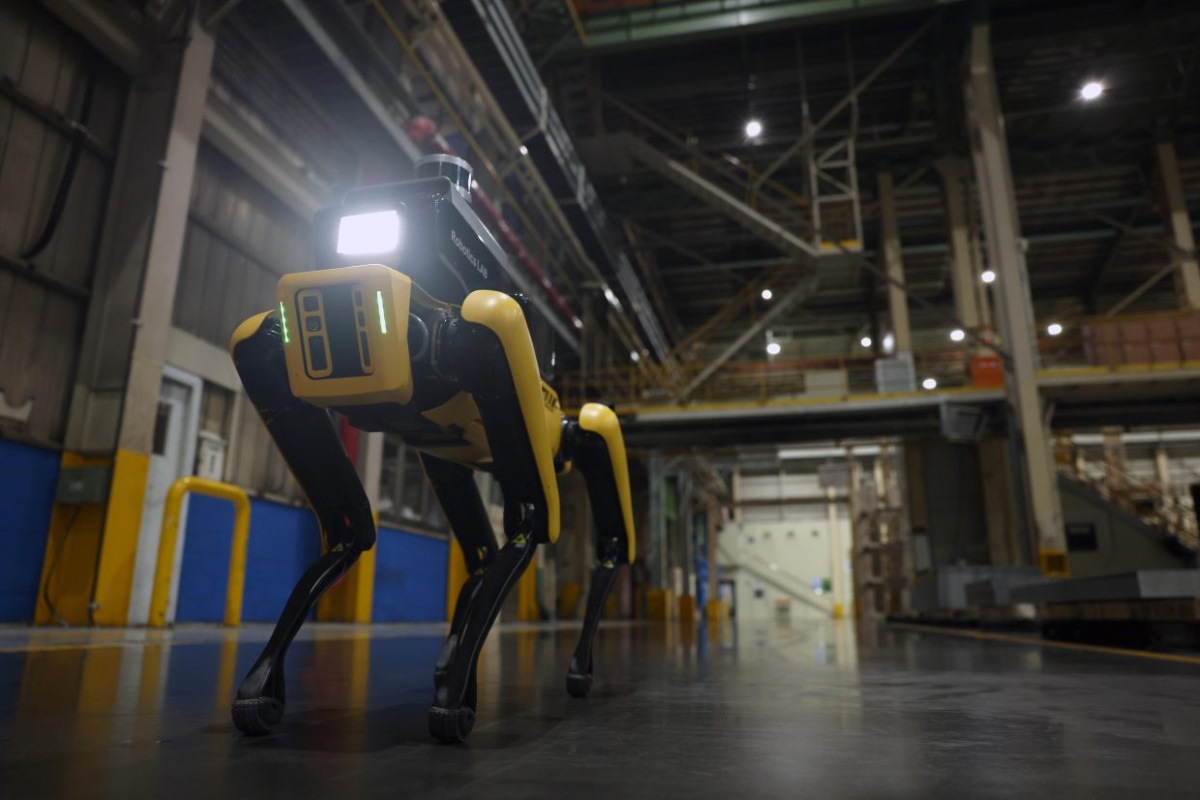
While nothing is yet set in stone for the Moon, Hyundai Motor Group has partnered with robotics engineering firm Boston Dynamics. To detect risks and enhance safety on industrial sites, the duo combined Boston Dynamics’ four-legged robot, “Spot,” with AI-based software from Hyundai Motor Group’s Robotics Lab.
The robot moves autonomously and can even recognize whether a door is opened or closed via LiDAR and thermal imaging technologies. Hyundai Motor Group plans to use the new development in their industrial factories, but by 2027, they may decide to roll out a space version of Spot to complement the lunar exploration rover.
